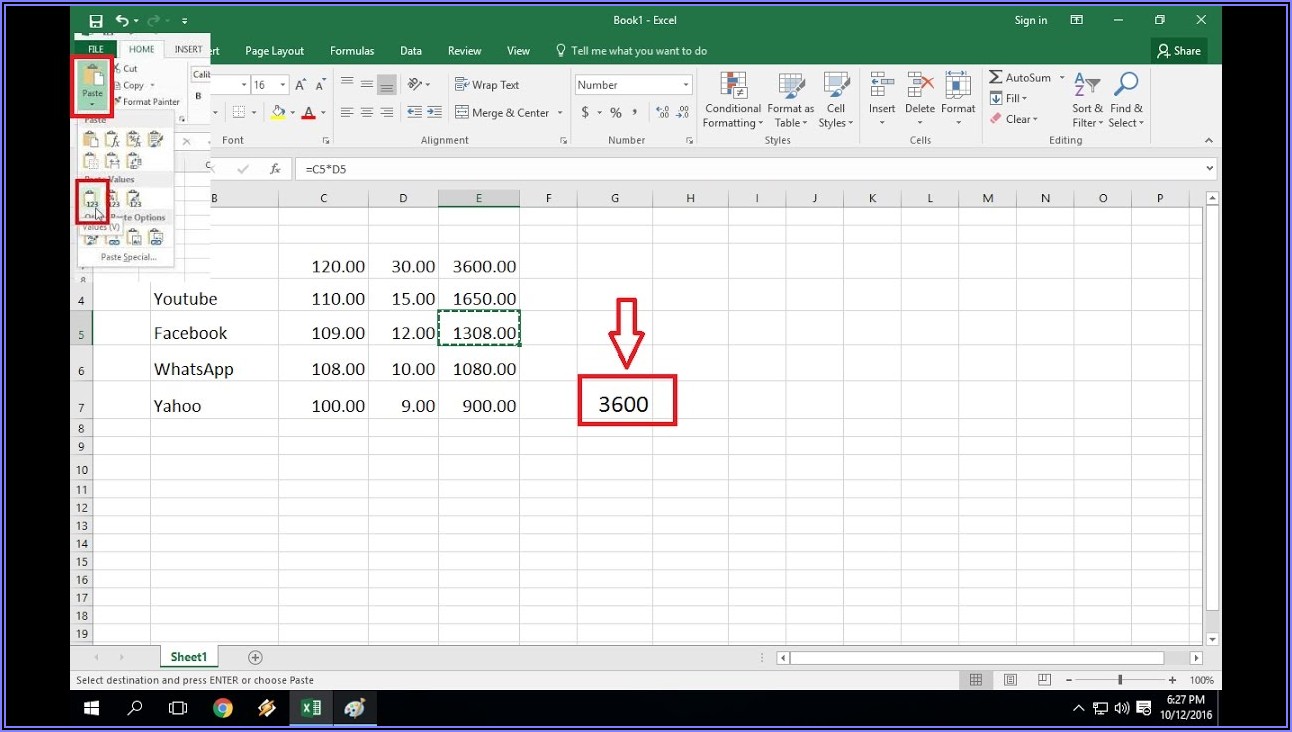5 Simple Tricks to Organize Paperwork Stacks

One of the most common challenges faced in both personal and professional life is the perennial mountain of paperwork. Whether it's bills, letters, documents, or just miscellaneous notes, paper clutter can quickly become overwhelming. But fear not; managing and organizing your paperwork can be straightforward with these five simple tricks.
1. Categorize Your Paperwork

The first step in conquering your paper mountain is to categorize your documents. This process not only helps in decluttering but also in making retrieval much easier when you need a specific piece of paper. Here’s how you can start:
- Use a Sorting System: Allocate categories like ‘Financial’, ‘Medical’, ‘Legal’, ‘Home’, ‘Work’, and ‘Miscellaneous’. Each category will have its own bin or tray.
- Label Clearly: Use labels or color-coding for each category to ensure quick identification.
- Start Sorting: Go through your piles, and place each document into its respective category. Discard or shred any outdated or irrelevant papers.
💡 Note: Make sure to keep sensitive documents secure and shred anything containing personal information.

2. Implement a Paper Flow System

Organizing your paperwork isn’t just about what to do with the papers you already have, but also about managing incoming papers. Here’s how to set up a simple and effective paper flow system:
- In-Box: Designate an in-box for all incoming mail and documents.
- Action Stations: Have areas designated for immediate action items (e.g., bills to be paid), documents that need review, and documents to be filed.
- Out-Box: Use an out-box for documents that are ready to go out or have been dealt with.
🗓️ Note: Schedule a weekly sorting time to ensure documents are processed regularly.
3. Utilize Vertical Storage

Instead of stacking papers horizontally where they get hidden under newer items, use vertical storage solutions to make every piece of paper visible:
- File Holders: Vertical file holders or magazine racks can keep your categories separated and visible.
- Wall Pockets: Install wall pockets for frequently used documents to free up desk space.
📏 Note: Adjustable and expandable file folders can accommodate a variety of paper sizes.

4. Digitize What You Can

Not every document needs to stay in physical form. Here are some steps to digitize your paperwork:
- Scan Documents: Use a scanner or a smartphone app to digitize your important documents.
- Organize Digital Files: Create folders on your computer or cloud storage that mirror your physical categories.
- Backup: Ensure regular backups to prevent loss of data.
💾 Note: Consider using OCR (Optical Character Recognition) technology to make your scans searchable.
5. Regular Maintenance

Organization is an ongoing task. Here are some tips for maintaining your organized paperwork:
- Weekly Check: Dedicate a time each week to sort through and process new paperwork.
- Purge Regularly: Set reminders to review and purge outdated documents every few months.
- Use a Calendar: Track document expiry dates or deadlines to ensure nothing slips through the cracks.
In summary, by categorizing your documents, setting up an effective paper flow system, utilizing vertical storage, embracing digitization, and committing to regular maintenance, you can transform your chaotic stacks of paperwork into an organized system. These methods not only streamline your daily tasks but also save time and reduce stress, making your environment more efficient and productive.
How often should I organize my paperwork?

+
Regular sorting of your paperwork should be done at least weekly to manage incoming documents effectively.
Can I completely go paperless?

+
While many documents can be digitized, some may still need to be kept in physical form due to legal or archival needs. However, aiming for a paperless environment reduces clutter significantly.
What should I do with papers that don’t fit any category?

+
Create a “Miscellaneous” category or reconsider the relevance of such documents. If they are not needed, dispose of them appropriately.



